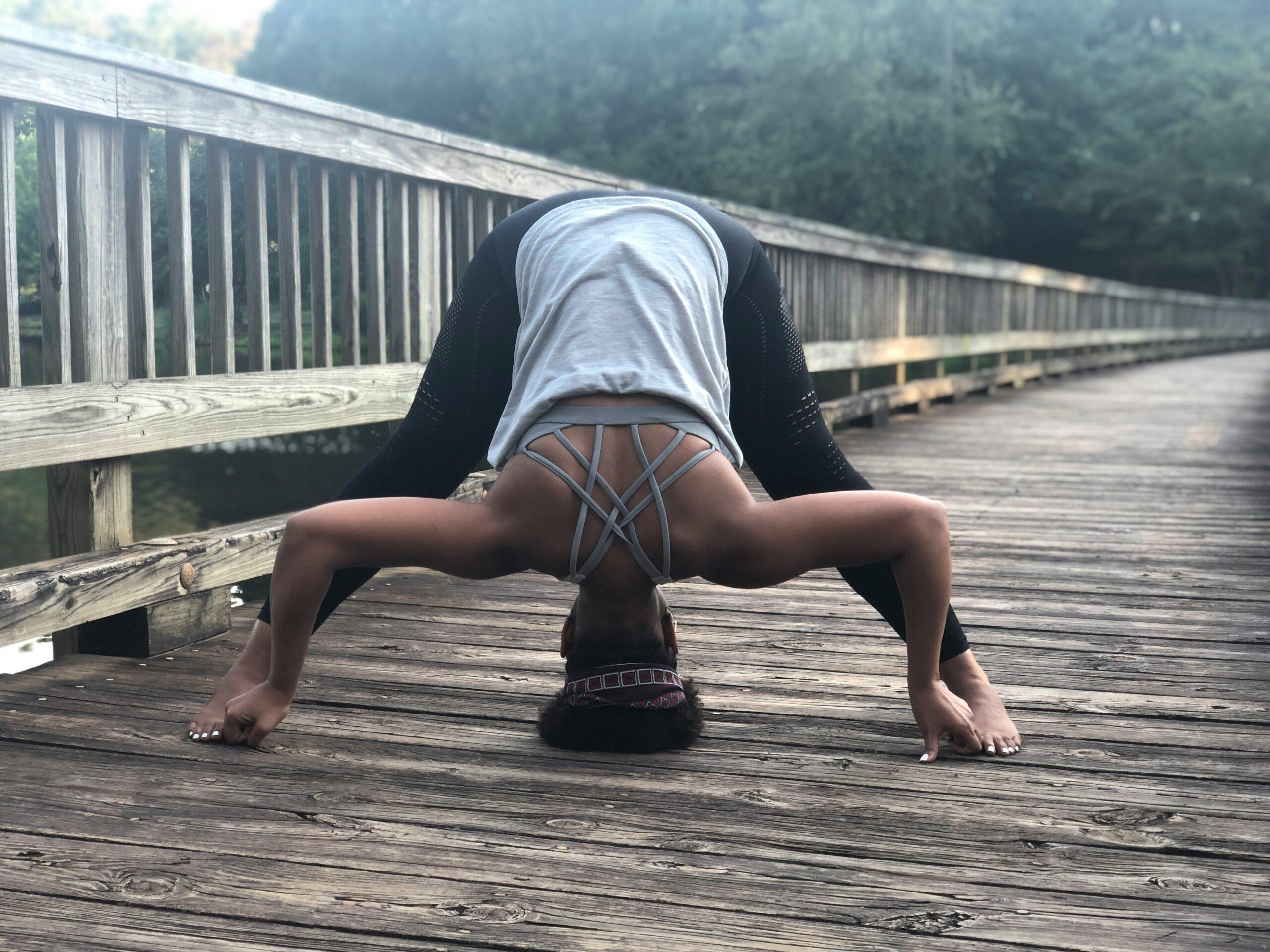When my daughter Hannah was diagnosed with hemiparesis, which is a mild case of cerebral palsy, I wondered: What can I do to help her? How active should she be? And how can I not be overprotective of Hannah, especially when she goes off to school?
The answer seemed to be involving my daughter in as many activities as I could. As a result, Hannah was signed up for swimming, gym and music classes all by her first birthday. My daughter also had eight hours of physical and occupational therapy each week.
The brain is so plastic. And how active I remained with Hannah’s treatment before she turned 24 months would impact how successful her recovery would be. I was on a mission.
Then I found yoga. When a class with a few participants got cancelled, I hired the instructor to lead the lessons out of my home. At 15 months, Hannah started to crawl by incorporating the rocking table and downward dog poses in her movements. At 20 months, Hannah progressed to trying poses such as mountain, squats and elevator. Every day Hannah would get the movements more and more.
I saw such a difference in my daughter’s development that we asked the instructor to come over three times per week. Meanwhile, Hannah continued to take her usual classes and have her weekly eight hours of therapy sessions. But the yoga instruction was unique in that it was playful and enjoyable for Hannah, prompting her to consider her time with the instructor as a playdate.
When the instructor chose to pursue other interests, it encouraged me to become certified. I first took a teacher training course at a Manhattan studio for children’s yoga, followed by training and certification working with children with special needs.
The best part of the training? Not only did I learn more about Hannah’s yoga practice and how it enabled her to become increasingly aware of her body and personal space, but I was able to share this with other families, as well. Inspired by this journey, I opened a yoga studio for children on the Upper East Side of Manhattan. This led me to share the benefits of yoga for children in more than five locations throughout New York City.
When starting a yoga practice with your child, try the following four exercises.
Cross the mid-line. Crossing the mid-line enhances brain development. An example of this is to sit with your child, having him or her rub one’s hands together. Once the child’s hands get warm, have the child cross hands and touch opposite shoulders. This allows the child to cross the mid-line and make new neurological pathways for further brain development. Motivate your child to do this over and over again in novel ways, such as by crossing over to touch one’s knees, toes and ears.
Use the eyes. As your child grows, he or she looks at things in new ways. Once the child begins to look at books and track words, the child’s depth perception develops. While this occurs, it is crucial for your child to build the muscles behind the eyes. One method of doing this is by moving a toy the child likes in different directions, asking the child to follow the toy with his or her eyes. Another method is snapping your fingers up and down and then right to left, while your child trails the movements. Either way, have your child watch the object move at least ten times in each direction. This helps build the little muscles supporting the child’s eyes and lessens the chances for glasses.
Do core poses. As all of a person’s limbs are extensions from the core of the body, it’s essential to develop the core. Building a strong core enables a child to balance oneself both physically and mentally. Poses that support the core are the dolphin pose and boat pose. Do these and other poses with your children, allowing you each to build your strength and bond.
Sing a song. While singing to a child can help the young yogini accomplish a difficult pose, it can be especially encouraging for children who are late talkers. If for any reason you find your child not communicating, find a book that you know the child enjoys and sing each word in the story. Take the time to sing the words one by one and change your tone, emphasizing that a new word is being sung. Soon your child will be doing poses in utter relaxation, not even realizing a stronger core will result and likely a better grasp of language.


